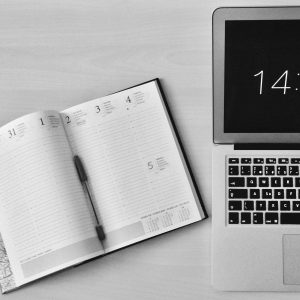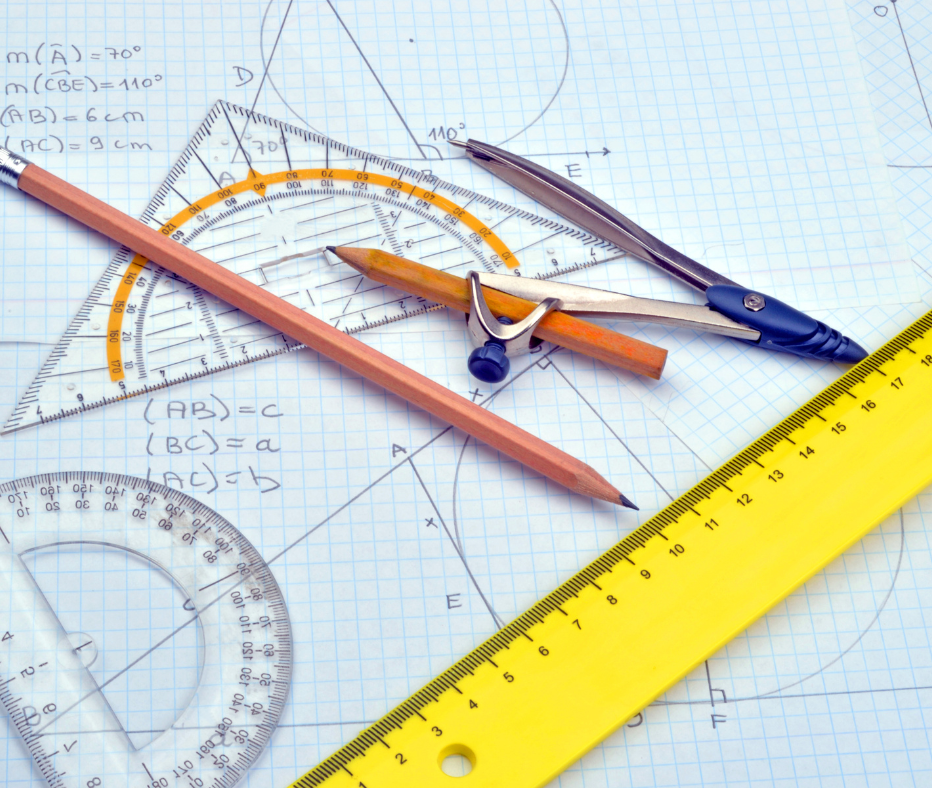Exploring Physical Quantities and Geometrical Relationships
Course Purpose: This unit standard is designed to provide credits towards the mathematical literacy requirements of the NQF at level 4. What you’ll learn This unit standard is designed to provide credits towards the mathematical literacy requirements of the NQF …
Overview
Course Purpose:
This unit standard is designed to provide credits towards the mathematical literacy requirements of the NQF at level 4.
What you’ll learn
This unit standard is designed to provide credits towards the mathematical literacy requirements of the NQF at level 4. The mathematical literacy requirements’ essential purpose is that, as the learner progresses with confidence through the levels, the learner will grow in an insightful use of mathematics in managing the needs of everyday living to become a self-managing person. An understanding of mathematical applications that provides insight into the learner`s present and future occupational experiences and so develop into a contributing worker. The ability to voice a critical sensitivity to the role of mathematics in a democratic society and become a participating citizen. People credited with this unit standard can measure, estimate, and calculate physical quantities in practical situations relevant to adults with increasing responsibilities in life or the workplace. Explore, analyse, critique, describe, represent, interpret and justify geometrical relationships and conjectures to solve problems in two and three-dimensional geometrical situations.

Duration: 1 Day
Featured Course
Fundamentals of project management
Course Curriculum
Curriculum
Curriculum
- 2 Sections
- 19 Lessons
- 1 Day
- Unit 1: Measure, estimate, and calculate physical quantities in practical situations relevant to the adultASSESSMENT CRITERIA7
- 1.1Scales on the measuring instruments are read correctly
- 1.2Quantities are estimated to a tolerance justified in the context of the need
- 1.3The appropriate instrument is chosen to measure a particular quantity
- 1.4Quantities are measured correctly to within the least step of the instrument
- 1.5Appropriate formulae are selected and used
- 1.6Caluations are carried out correctly and the least steps of instruments used are taken into account when reporting final values
- 1.7Symbols and units are used in accordance with SI conventions and as appropriate to the situation
- Unit 2: Explore, critique, describe, represent, interpret, and justify geometrical relationshipsASSESSMENT CRITERIA12
- 1.1Descriptions are based on a systematic analysis of the shapes and reflect the properties of the shapes accurately, clearly, and completely
- 1.2Descriptions include quantitative information appropriate to the situation and need
- 1.33-dimensional objects are represented by top, front, and side views
- 1.4Different views are correctly assimilated to describe 3-dimensional objects
- 1.5Available and appropriate technology is used in producing and analysing representations
- 1.6Relations of distance and positions between objects are analysed from different views
- 1.7Conjectures as appropriate to the situation are based on well-planned investigations of geometrical properties
- 1.8Representations of the problems are consistent with and appropriate to the problem context. The problems are represented comprehensively and in mathematical terms
- 1.9Results are achieved through efficient and correct analysis and manipulation of representations
- 1.10Problem-solving methods are presented clearly, logically, and in mathematical terms
- 1.11Reflections on the chosen problem-solving strategy reveal strengths and weaknesses of the strategy
- 1.12Alternative strategies to obtain the solution are identified and compared in terms of appropriateness and effectiveness
Requirements
- Grade 11
- NQF Level 3







